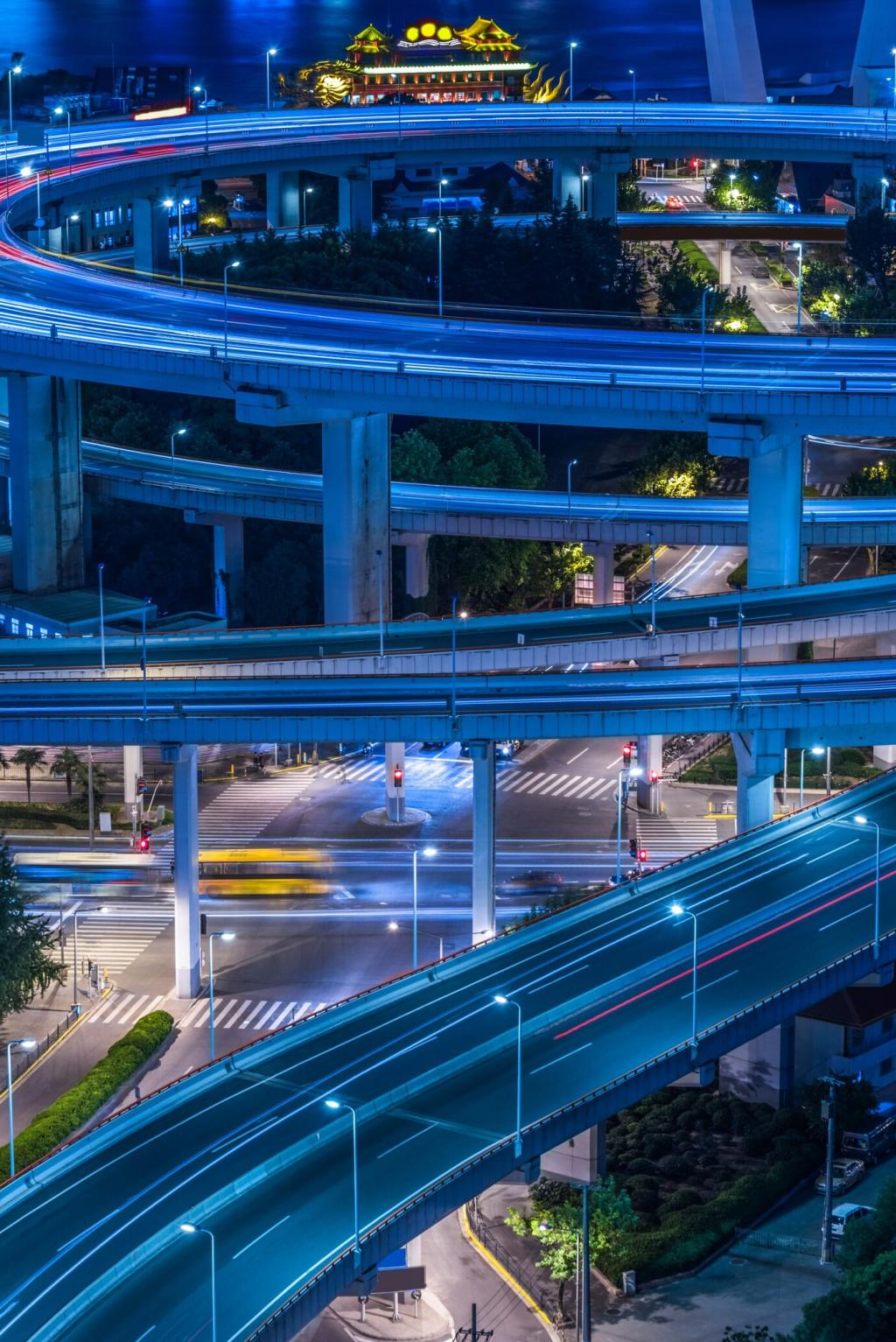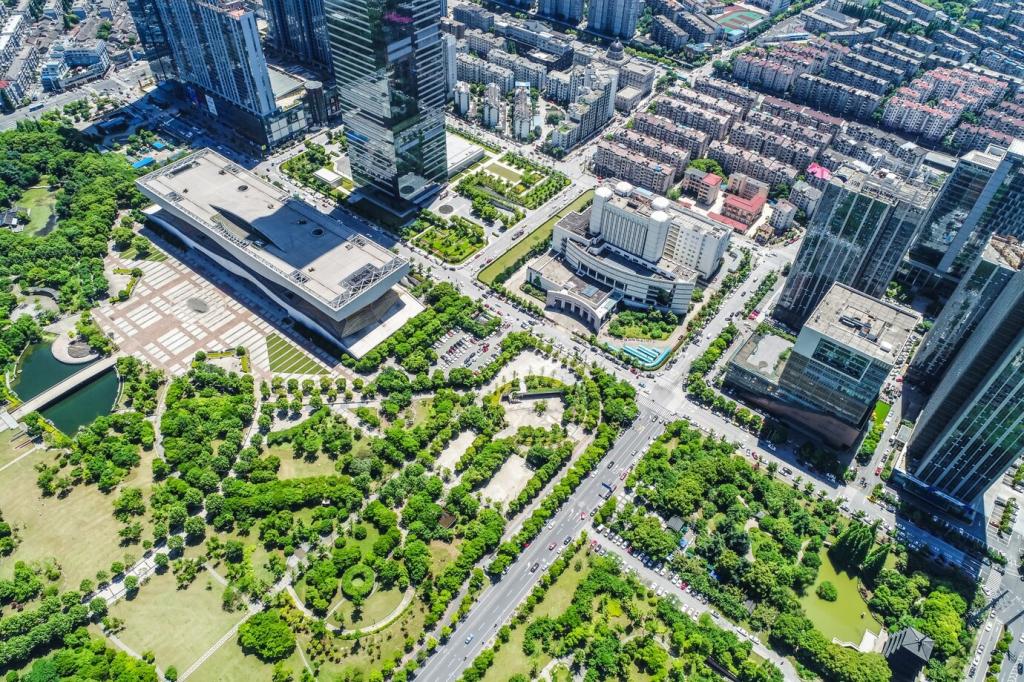Minimal Infrastructure, Maximum Function
Instead of blanketing blocks with redundant devices, minimalist networks place sensors where decisions happen. Edge processing filters noise before data travels, saving energy and bandwidth. Maintenance becomes predictable, not frantic. Which city task would benefit from fewer, smarter inputs? Comment with your pick and why it matters.
Minimal Infrastructure, Maximum Function
An elegant hub tells you where to stand, tap, and go—no instructions needed. Clear paths, honest materials, and intuitive lighting replace signage overload. I watched a visitor arrive, glance once, and catch a shuttle without asking anyone. That’s the goal: comprehension at a glance. Would your commute change with this kind of clarity?





